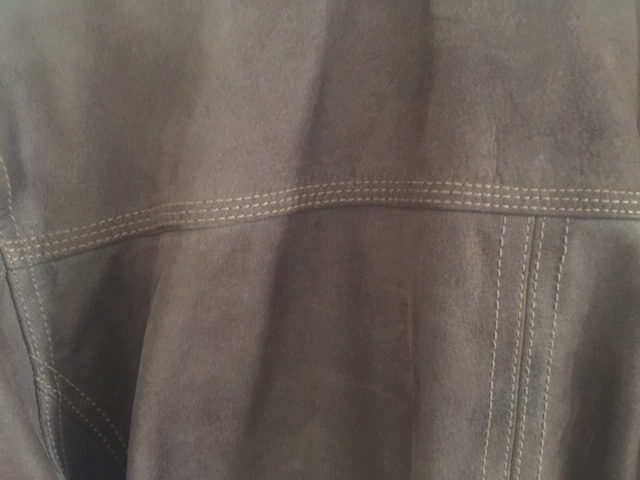Hydrogen is a dynamic building block but if we are to have enough of it to make a difference we are challenged to find alternative ways of getting hold of it, feeding hydrogen producer’s gas to microbes through microbial fermentation nurtures and grows microbes which once processed have the appearance, feel, durability and quality of leather and that’s because the end product is made from or grown out of microbes which replicate collagen. Producing the same biological material leather is made from, in scaled-up bio-manufacturing using hydrogen producer’s gas isn’t just the silver bullet the shoe and car industry was looking for, it also produces waterless green hydrogen as a byproduct

Currently, Polyhydroxyalkanoates (PHA) are fermented to produce organic materials such as polymers, once produced these organic polymers are further processed to manufacture bio-compatible, bio-degradable plastics. The same bio-manufacturing process can also produce collagen at scale a replacement for animal skin, leather manufactured by the fermentation and processing of microbes
Though this bio-manufacturing process has been slow to catch on because traditionally it is relatively expensive, compared to low-cost oil-based plastics costs are being cut as producer’s gas demonstrates an ideal carbon-rich, abundant source of feedstock for microbial fermentation.
TITAN converts abundant low-value forest waste whilst ASMARA converts abundant and problematic, sorted municipal solid waste to produce a carbon-rich hydrogen producer’s gas enabling the ramping up of PHA fermentation and with much lower cost than in the previous production facilities.
PHA products can replace many of the materials we use every day and not only those used to produce the items we only use once. PHA is recyclable, biodegradable, and biocompatible the opportunity to recycle PHA is unlimited and if for any reason PHA materials are landfilled or accidentally become sea fill PHA will happily break down in nature without harming the environment because PHA like natural other material is biocompatible it poses no chemical threat to our health or our environments well being.
In the very near future, low-cost Hydrogen Producer Gas sourced PHA materials will go mainstream and replace oil-based plastics. As a result, much of the new PHA materials which will enter our supply chain in the next decade could be represented by a product which has been recycled from recovered oil-based thermoplastics as we clean up our environment.
PHA Collagen the next step forward
Collagen roughly describes the main constructive protein of our bodies, it makes up approximately 30% of our body mass, as it does all mammals. Collagen is the fundament of our connective tissue, our bones, our skin, our tendons and our ligaments they are all made from collagen.
PHA leather collagen can replace animal products like leather shoes and sneakers, jackets, belts and many other types of apparel that can be produced without the unnecessary environmental impact of fast fashion, most importantly they can be manufactured without the need to raise and slaughter animals for their skins.
Think of the benefits for the car industry to receive readily matching leather collagen hides all of regular size and shape. Mass-produced, PHA leather collagen is highly competitive in cost and ramping up PHA production means more affordability for items such as good quality apparel and footwear with far less production waste. The PHA value proposition for the fashion industry is top-quality materials, at competitive costs and with a zero landfill potential.
PHA alt leather collagen is produced through Microbial Fermentation an industry enjoying dynamic growth and the potential for becoming a commonplace industrial practice that renders oil redundant in the production of fuels, chemicals and materials.

